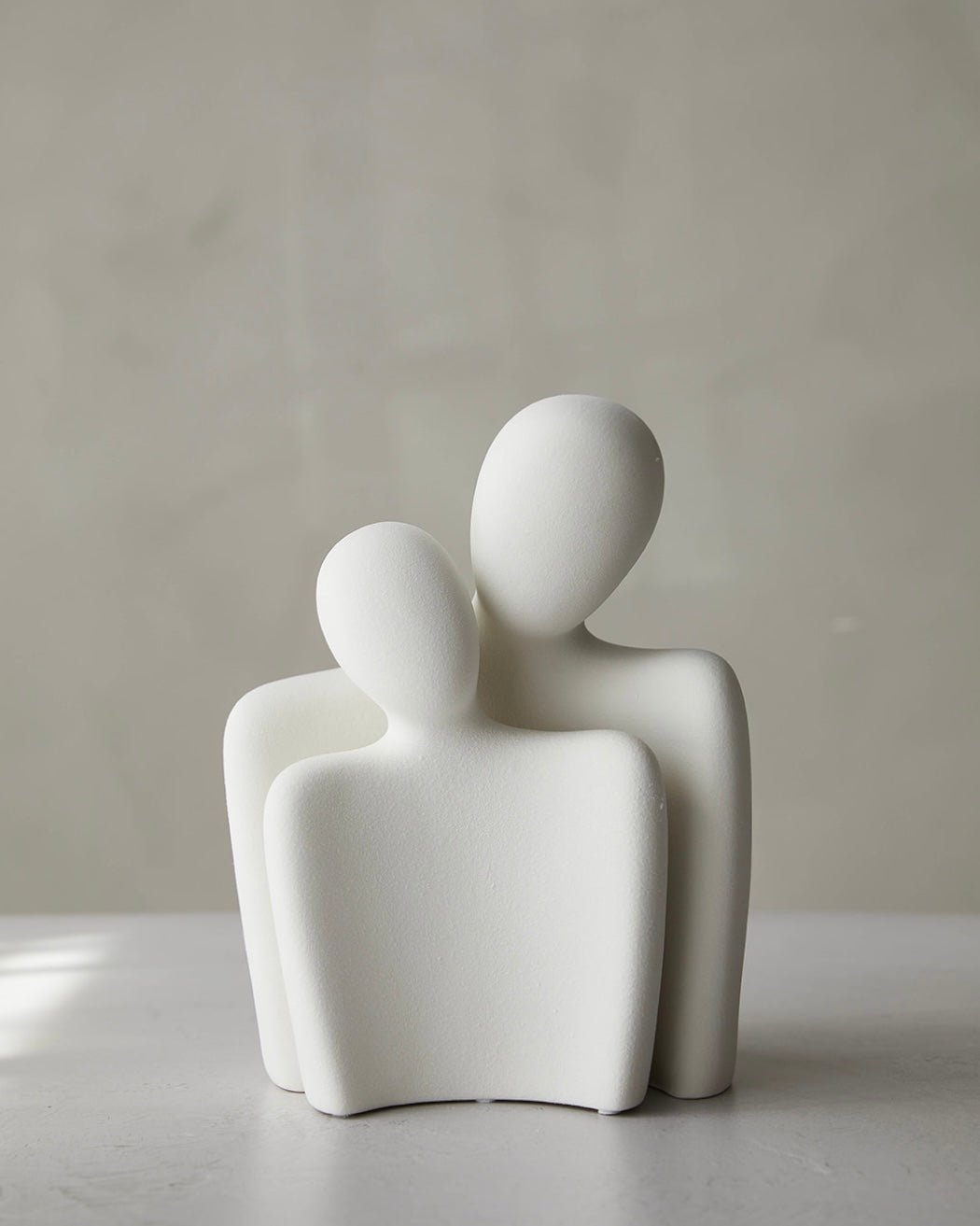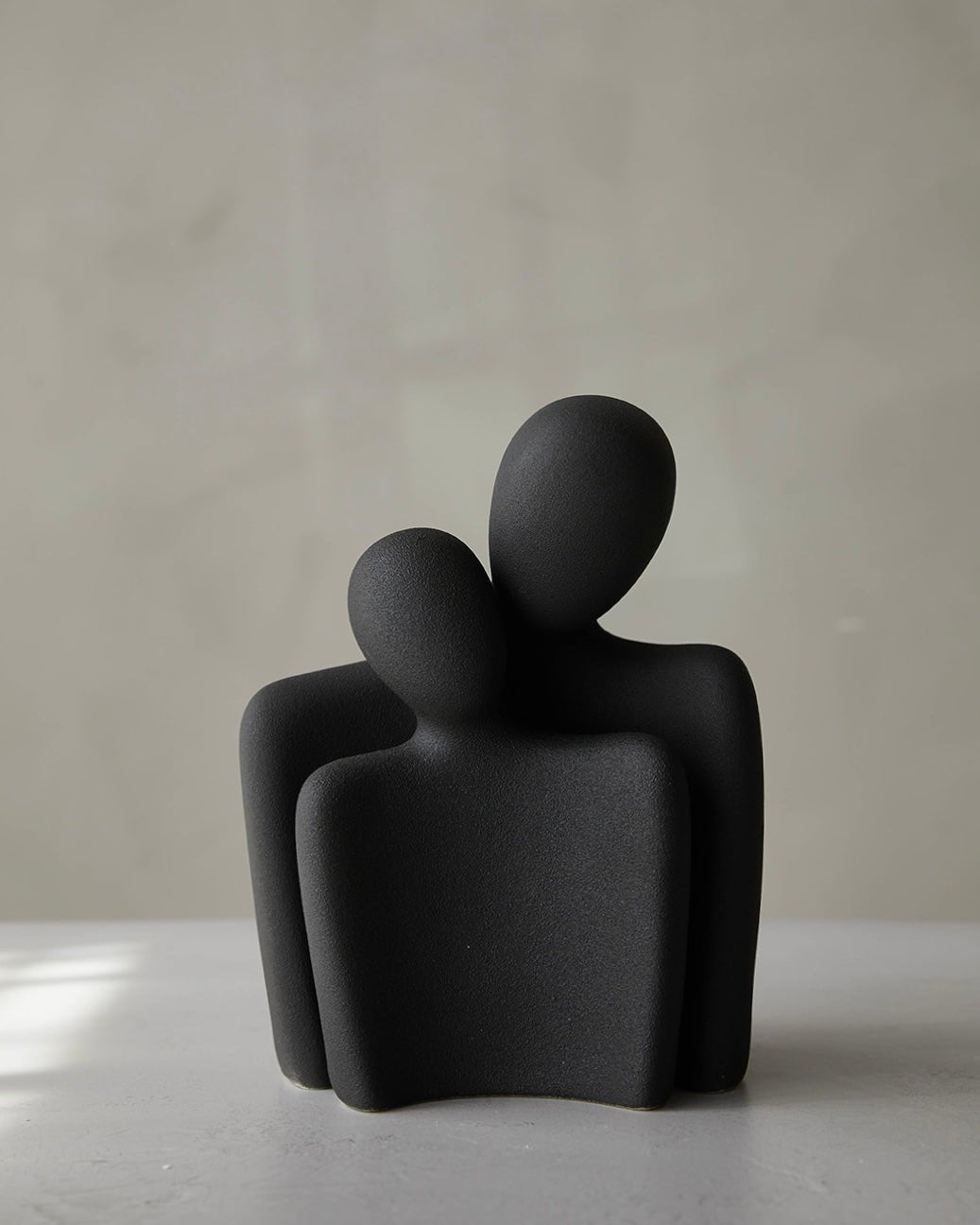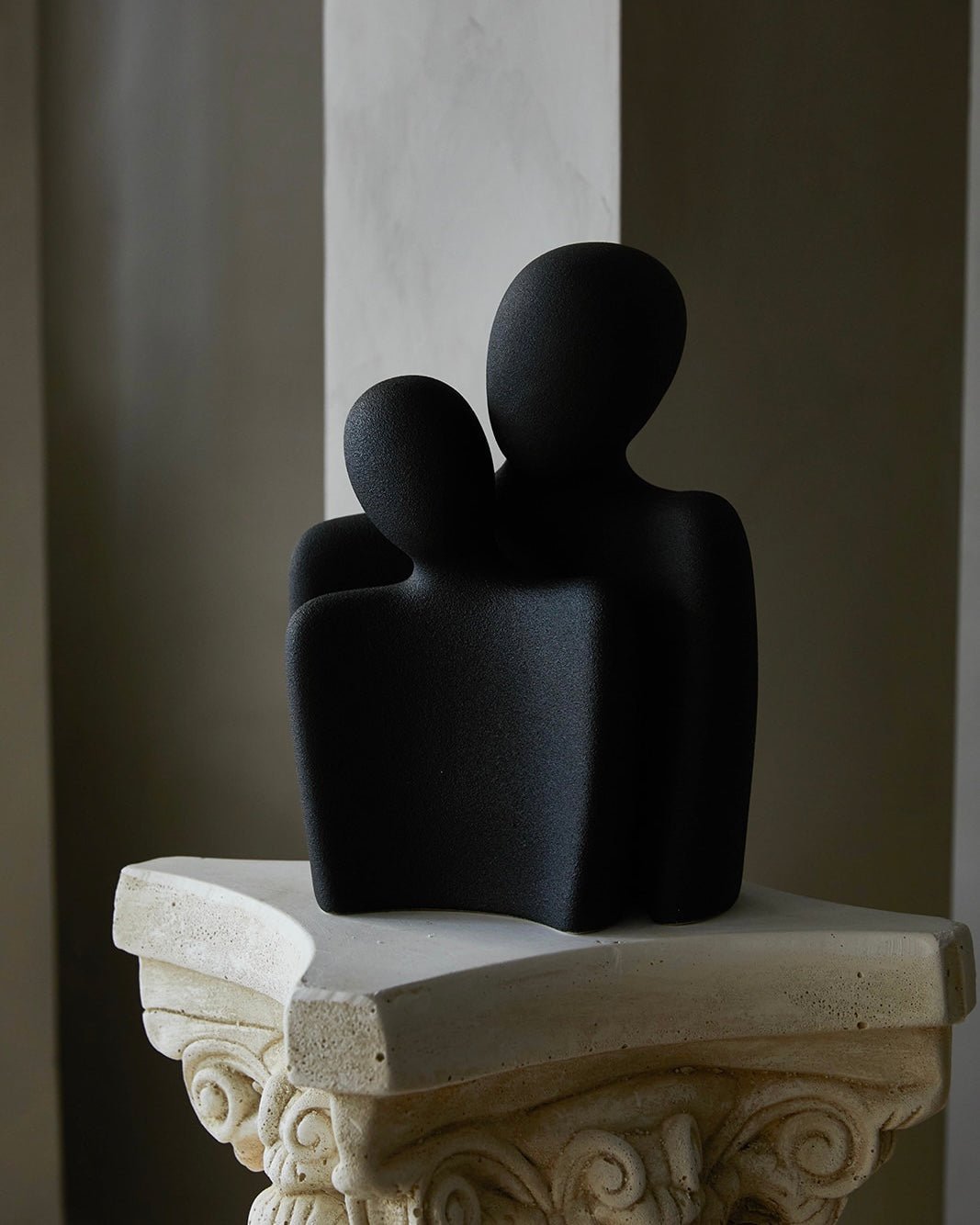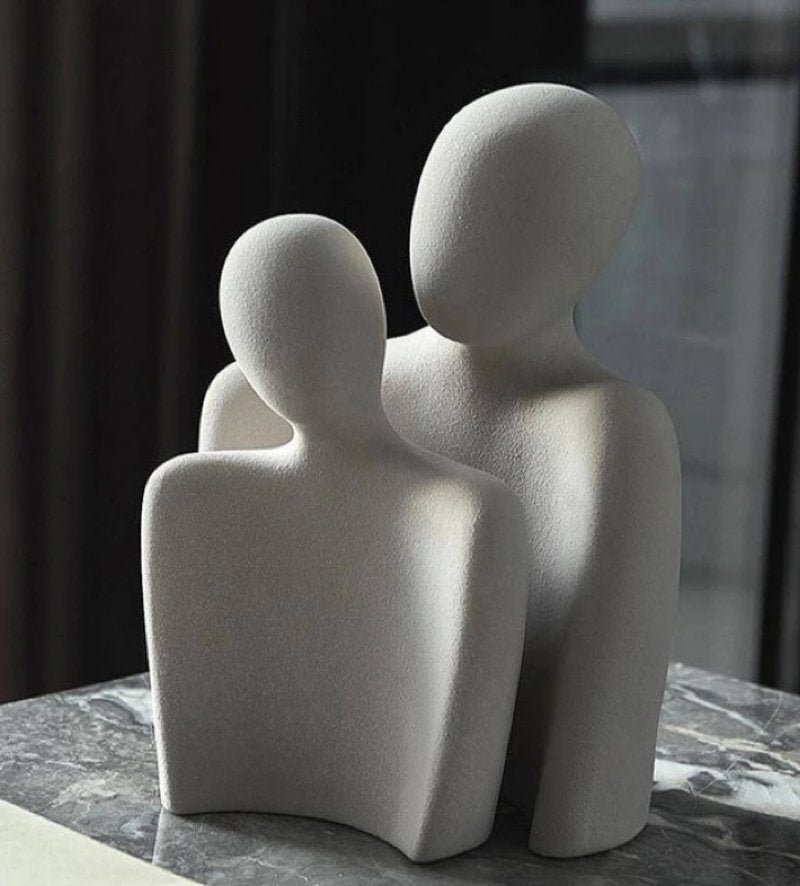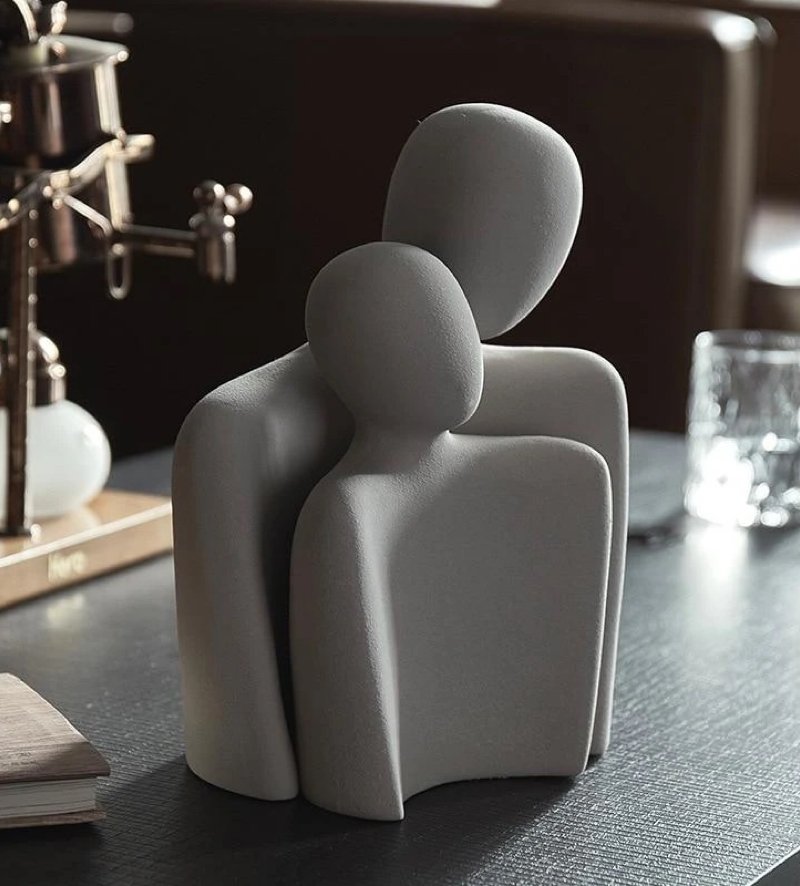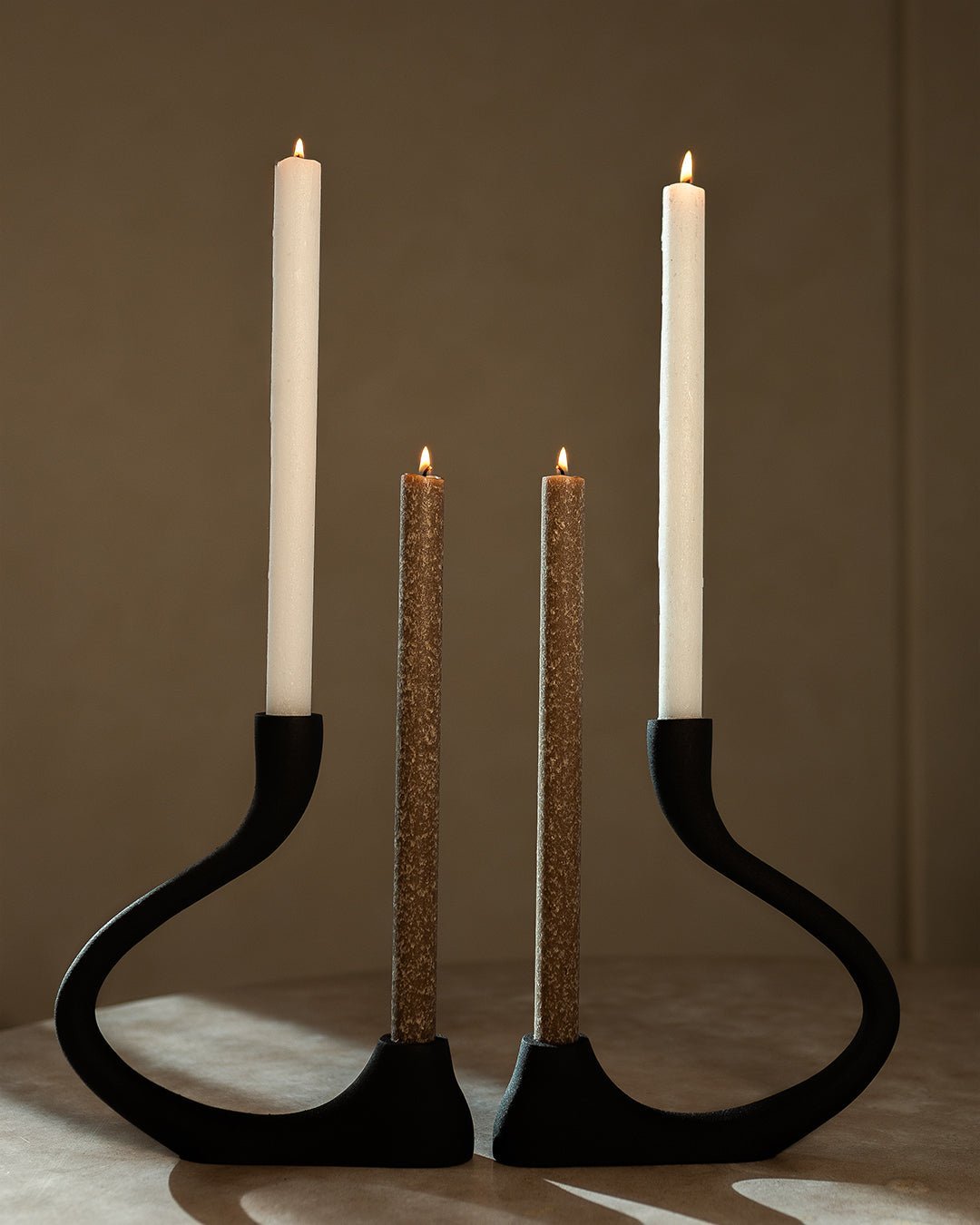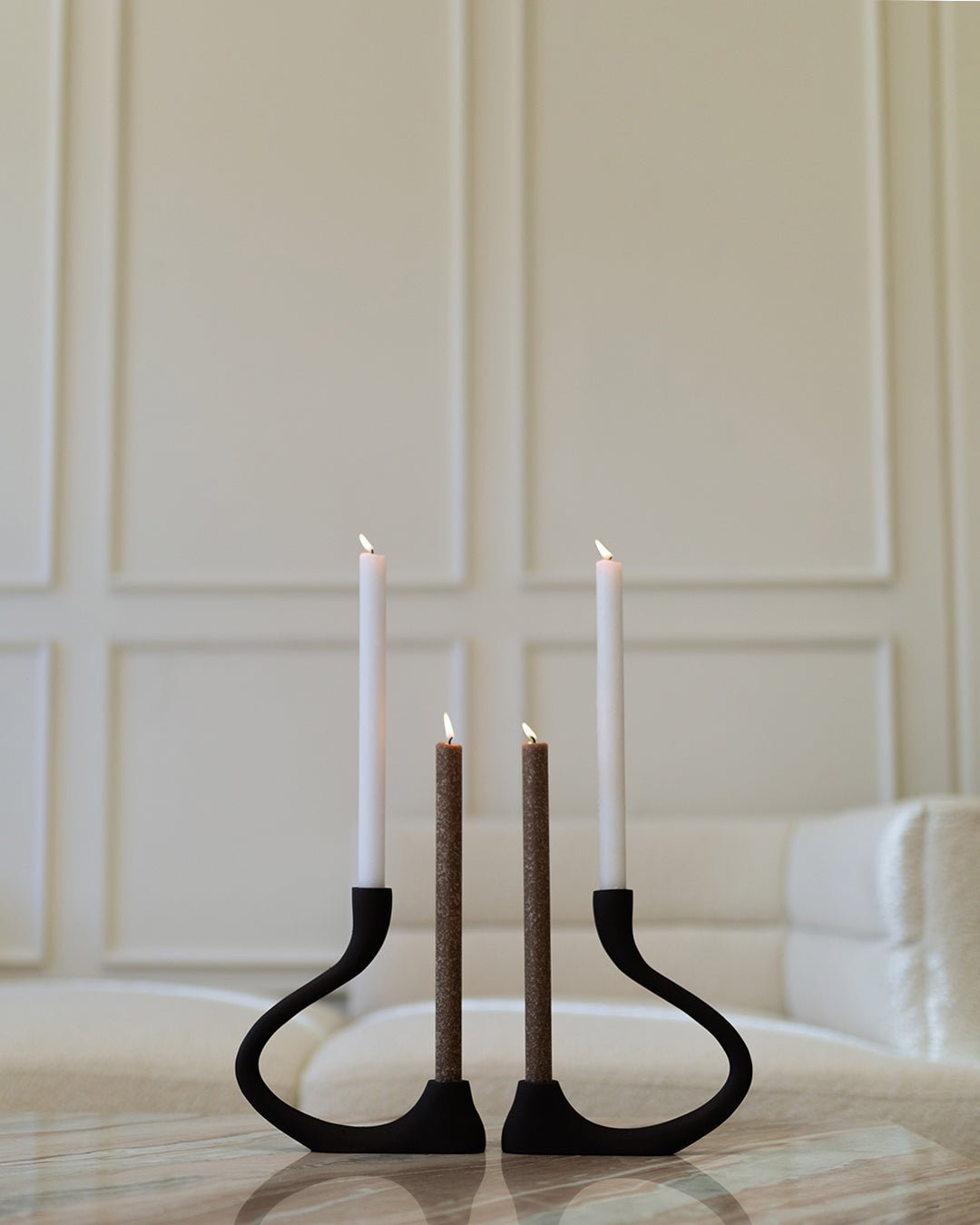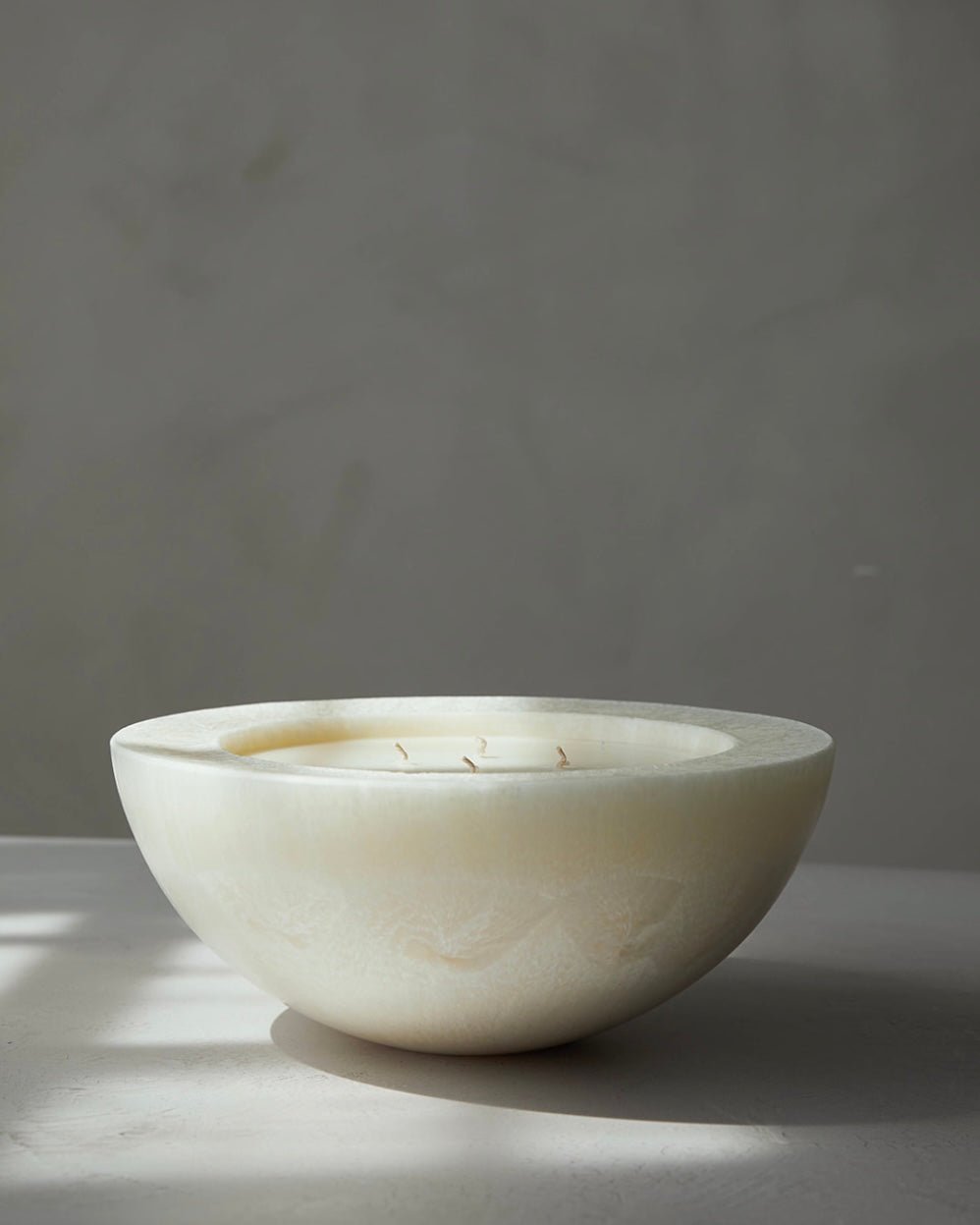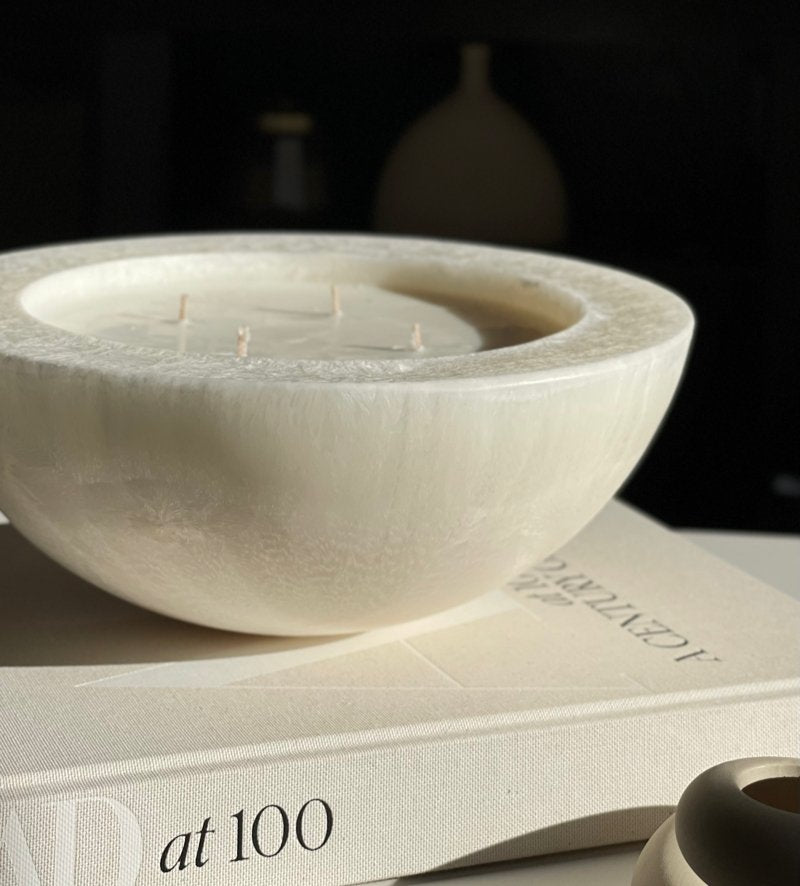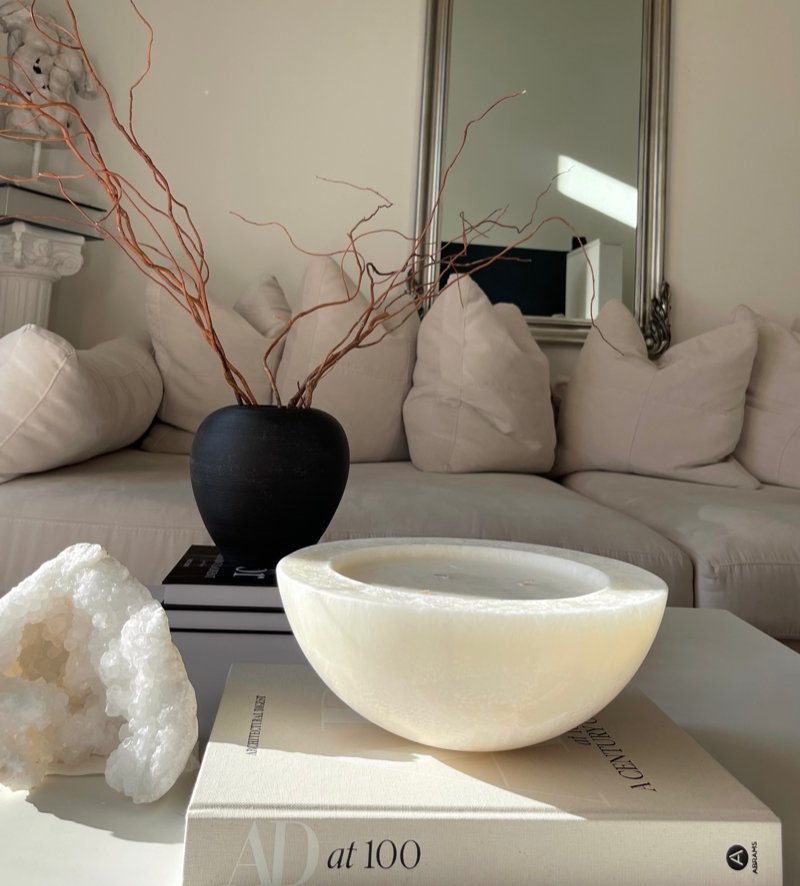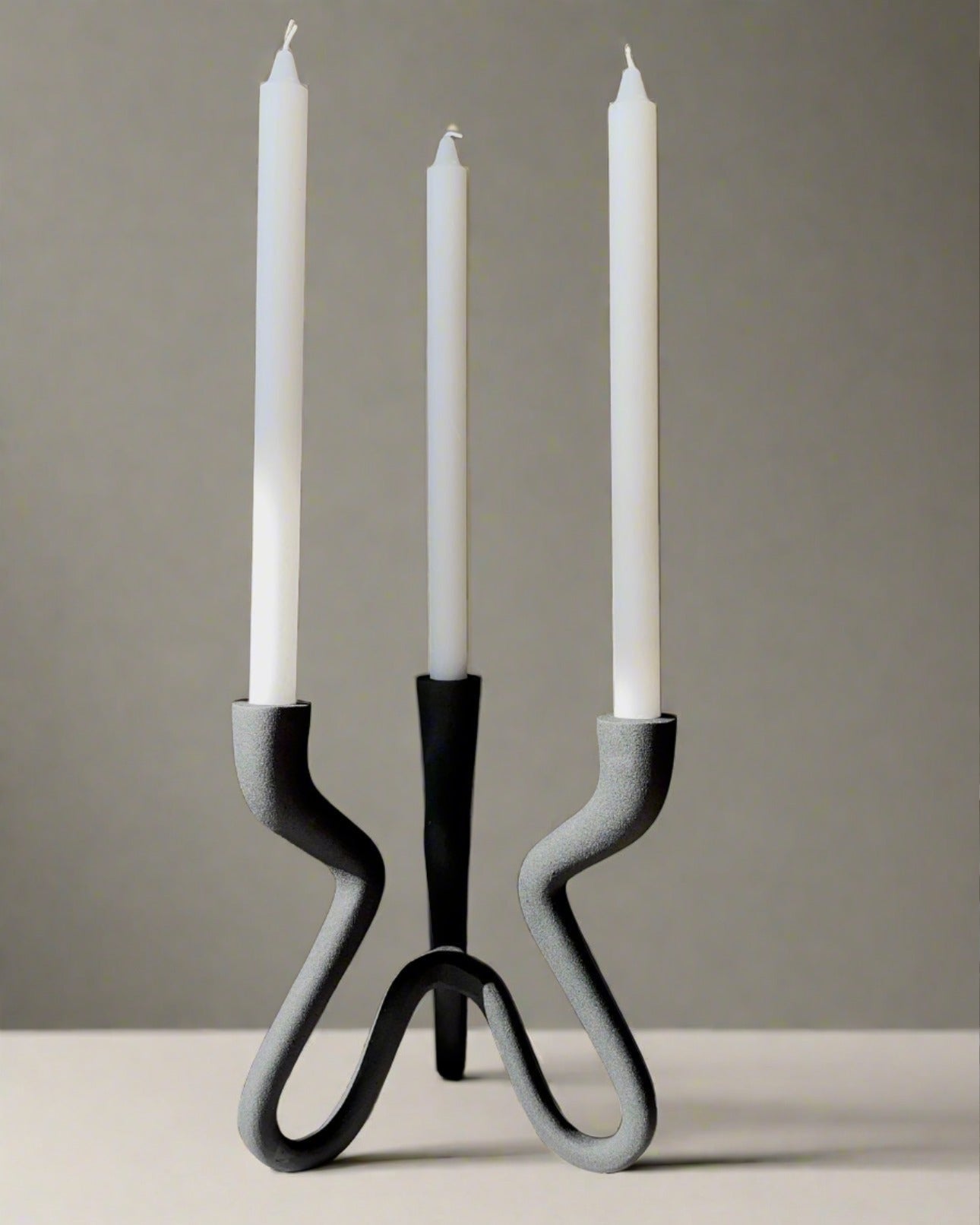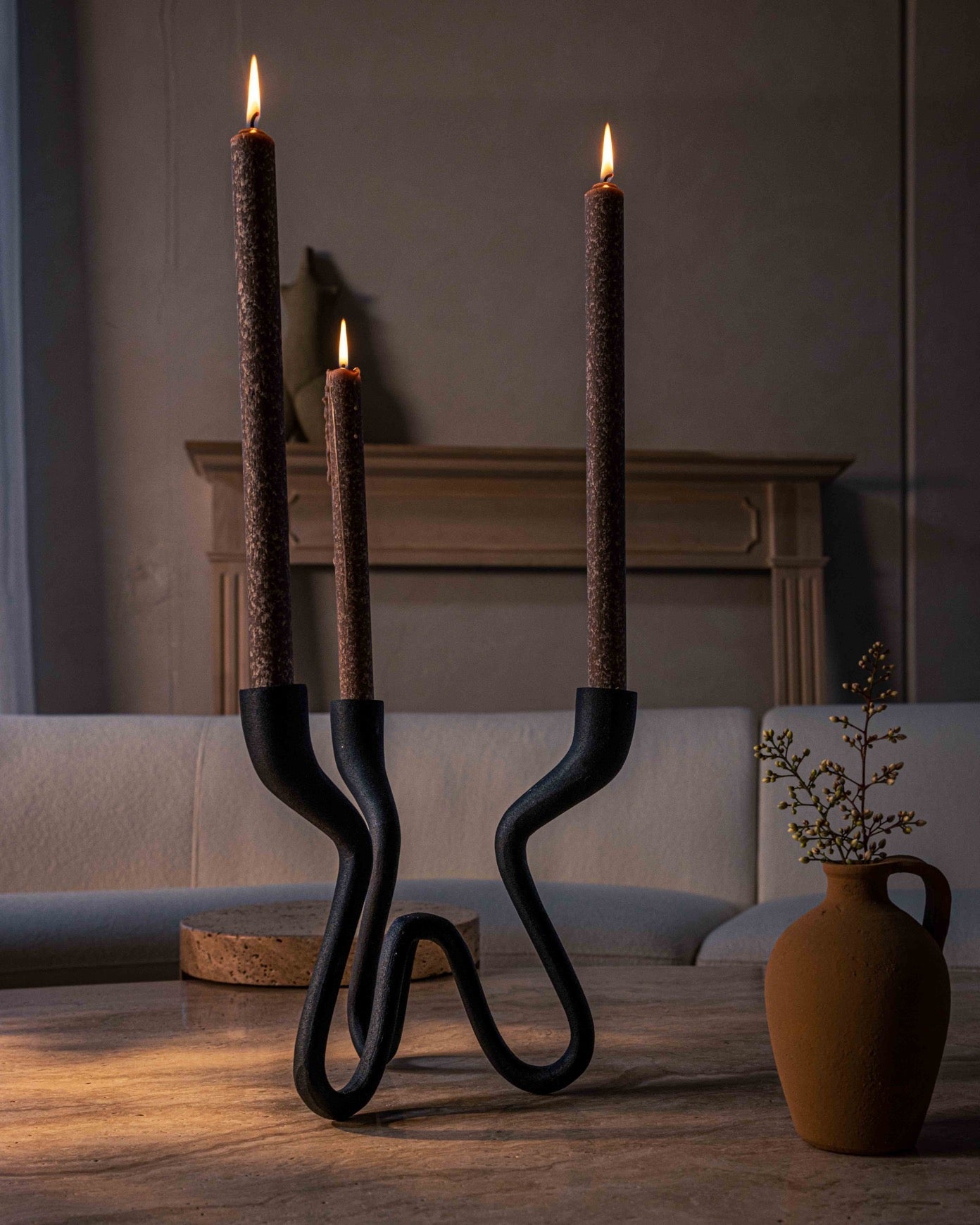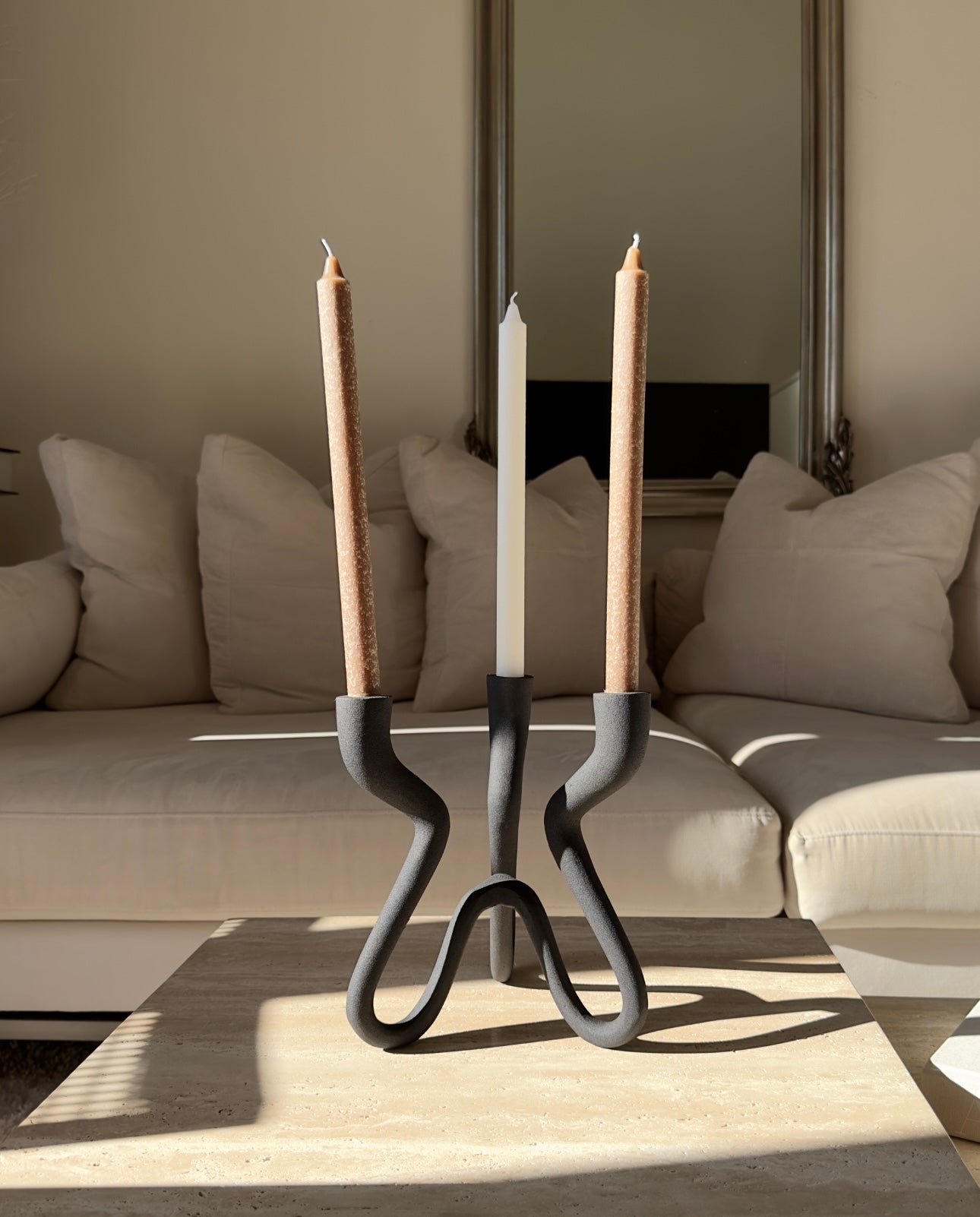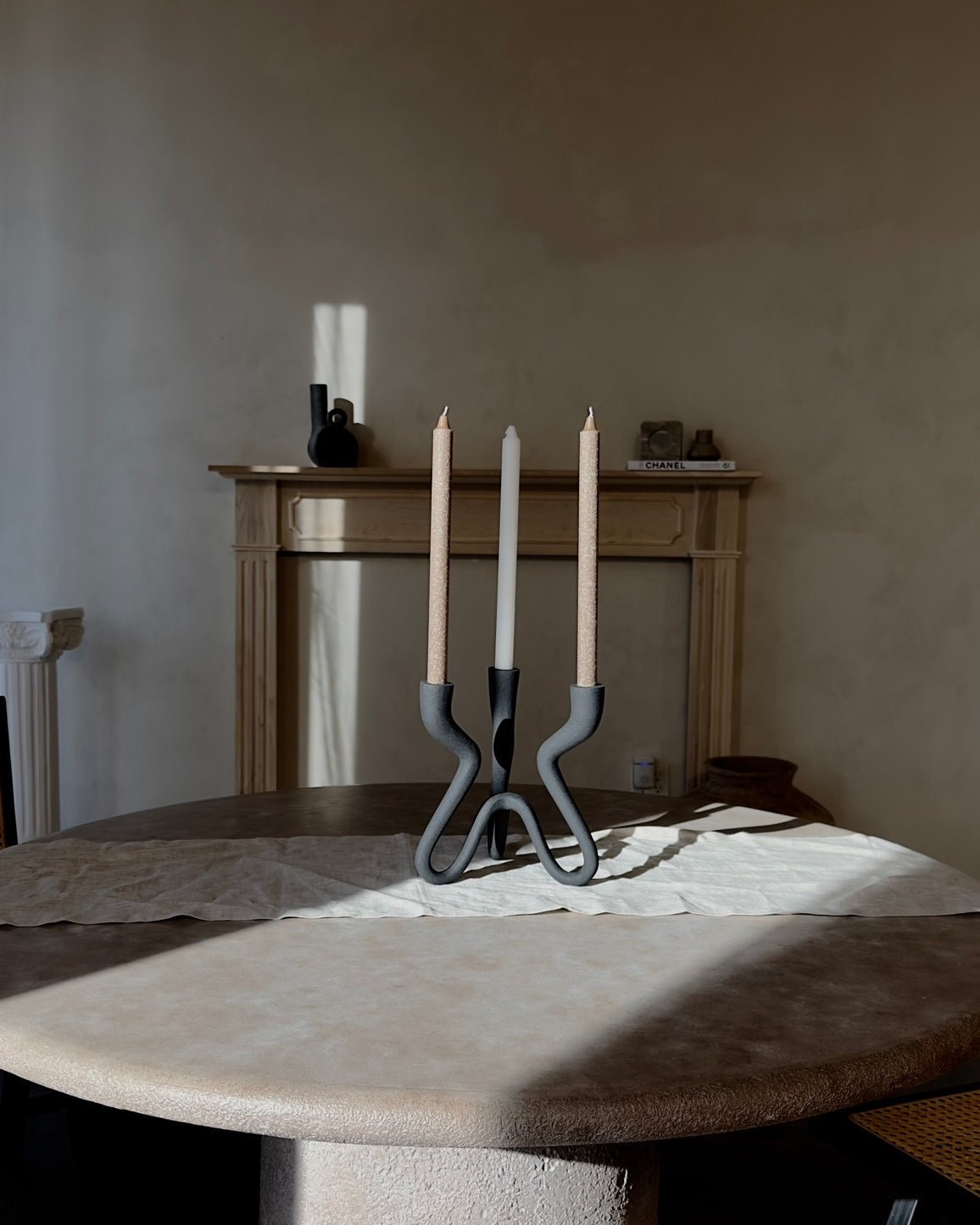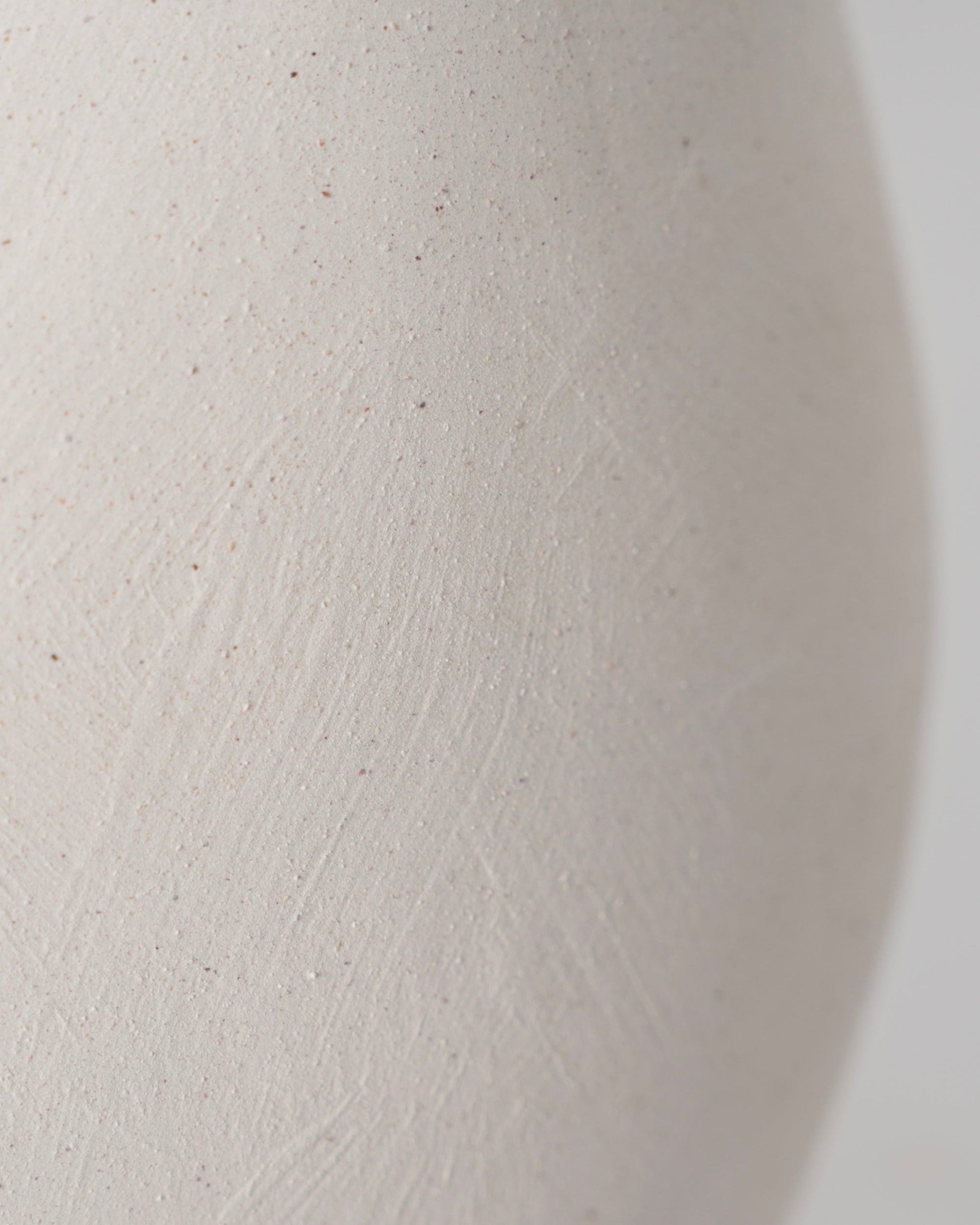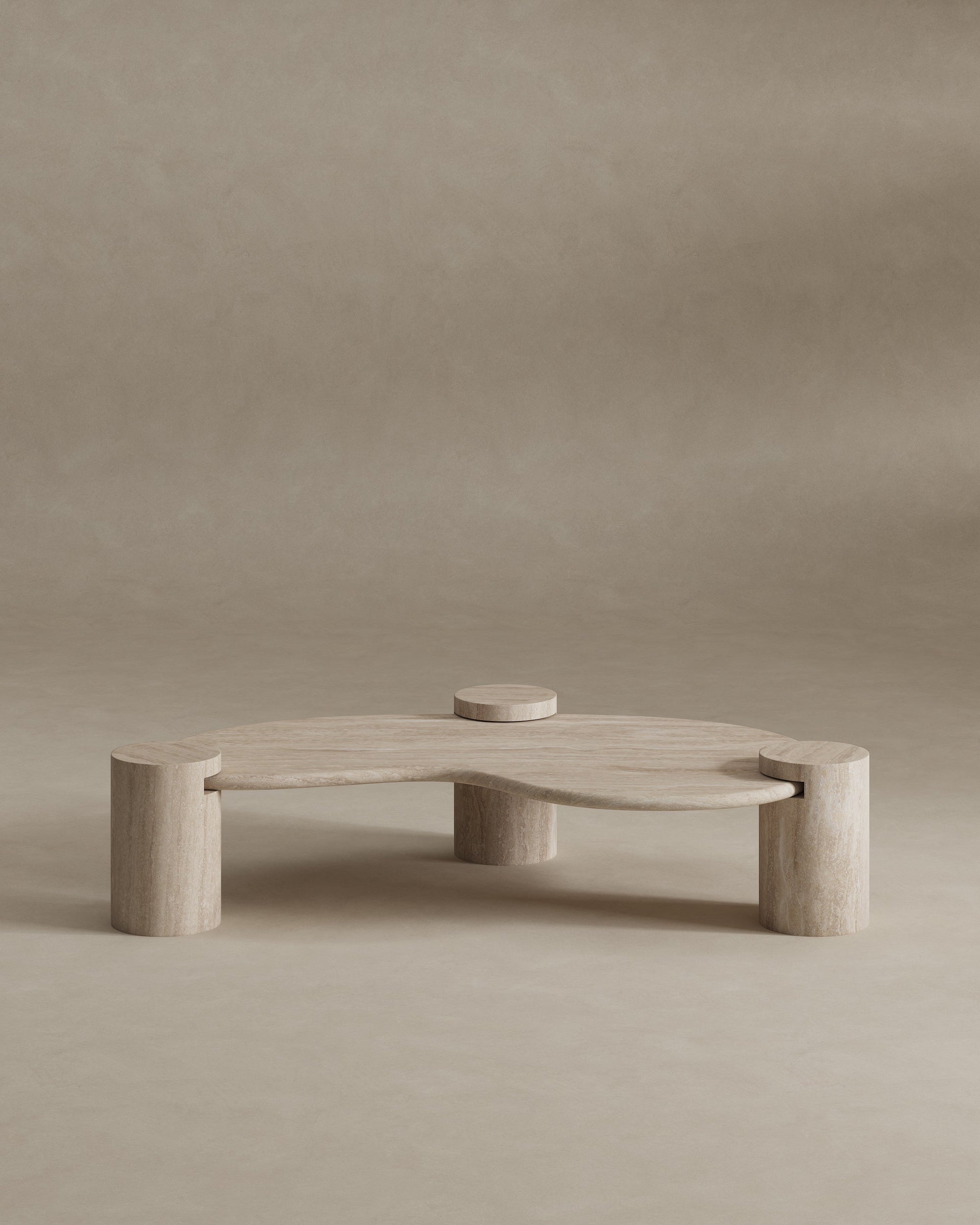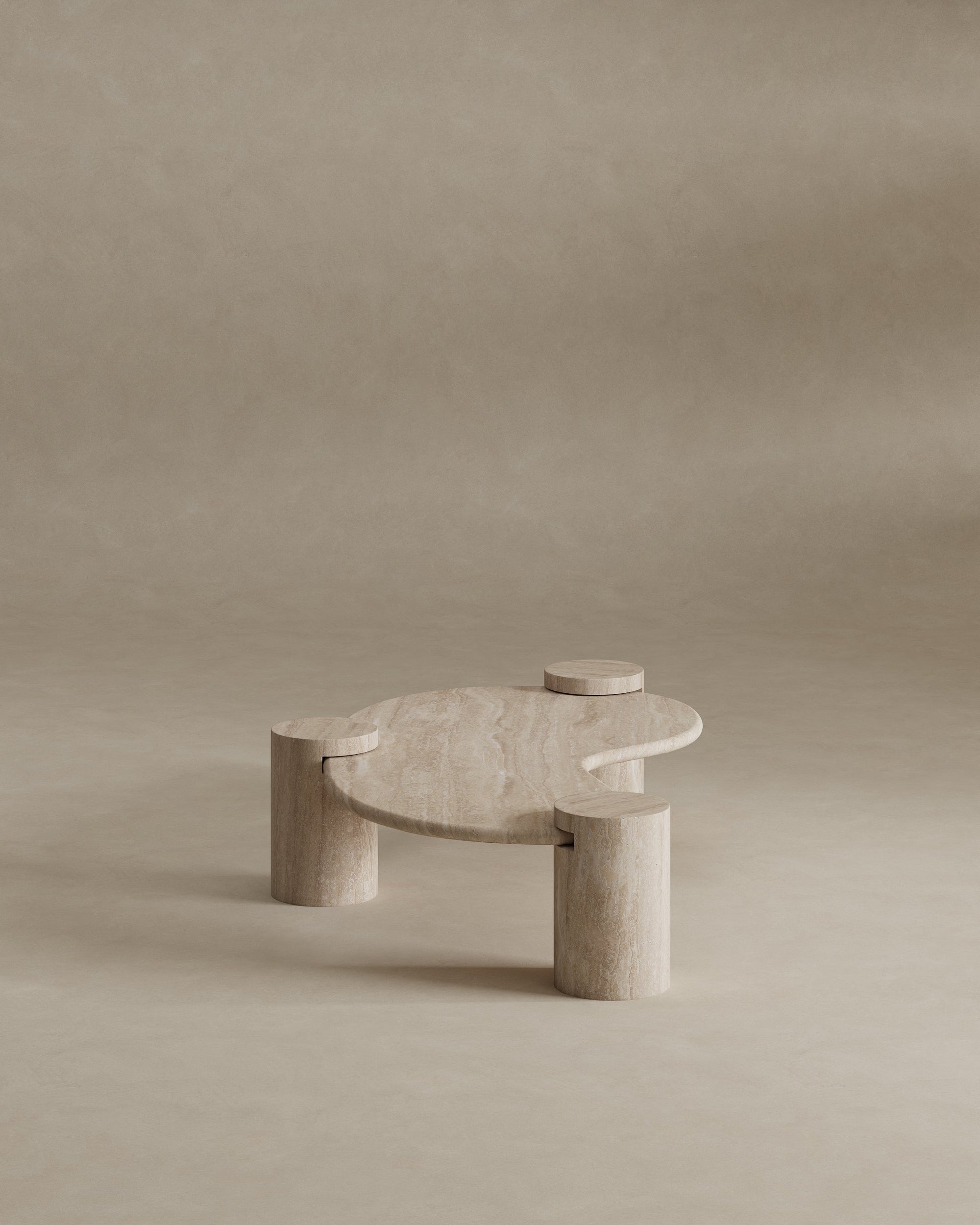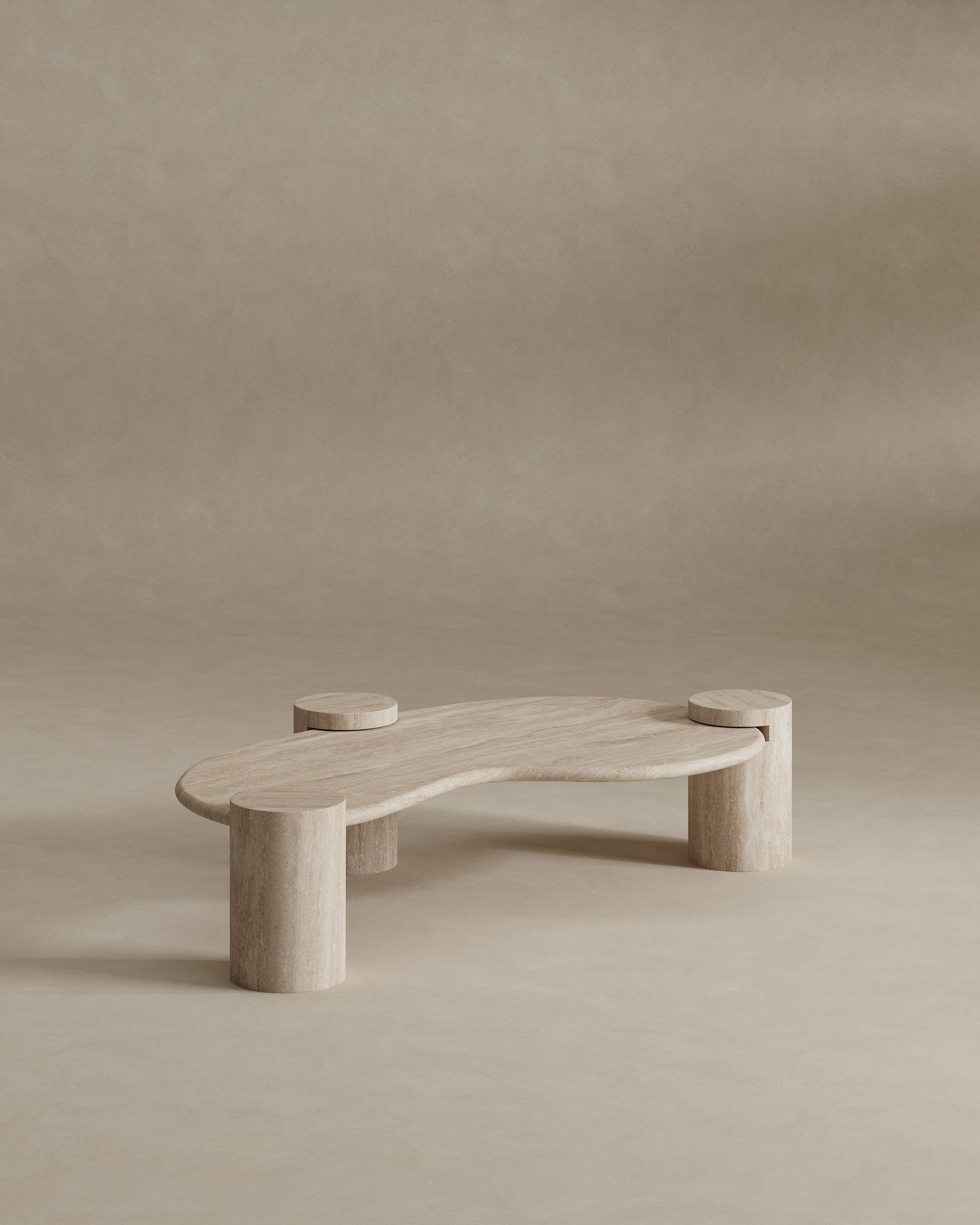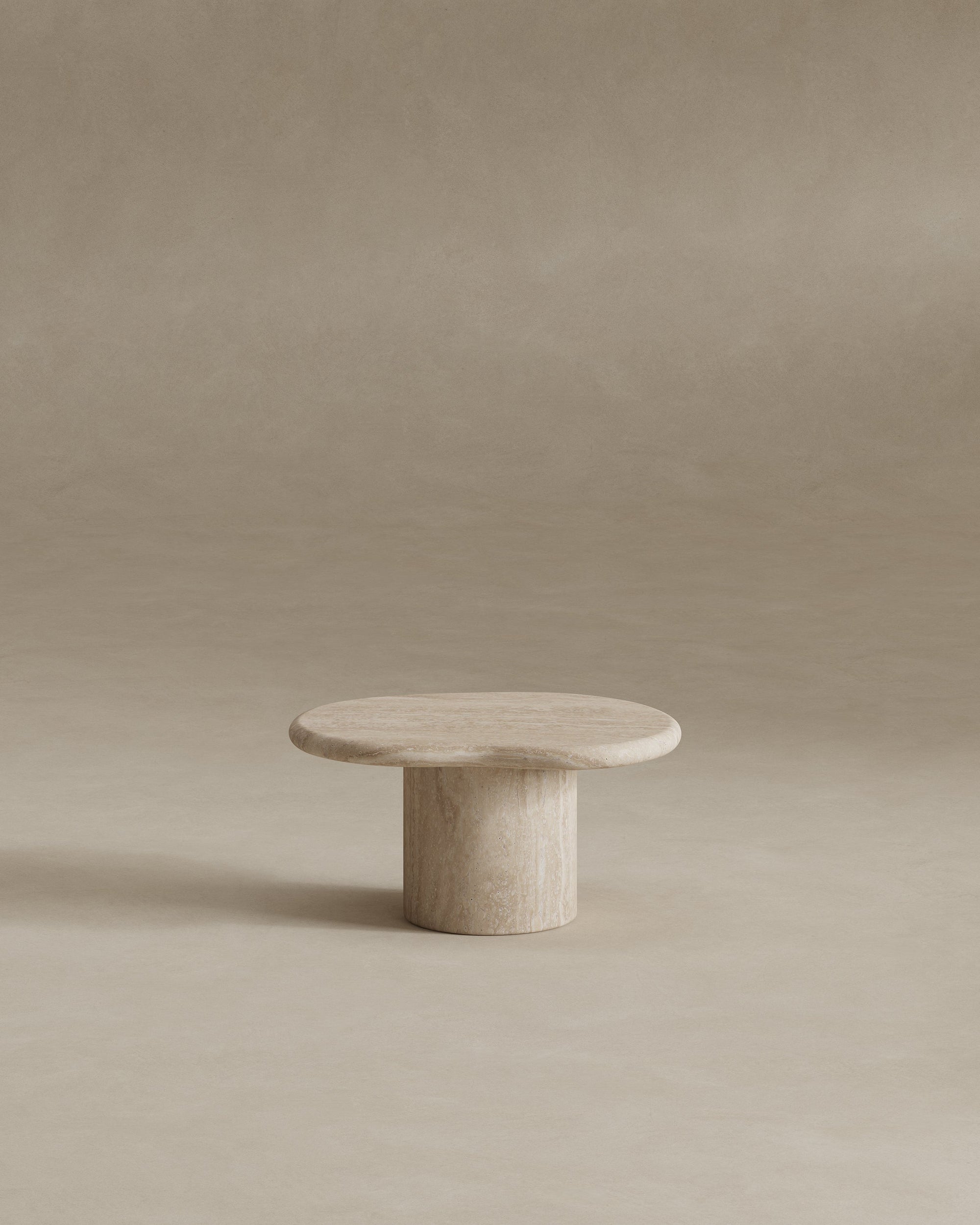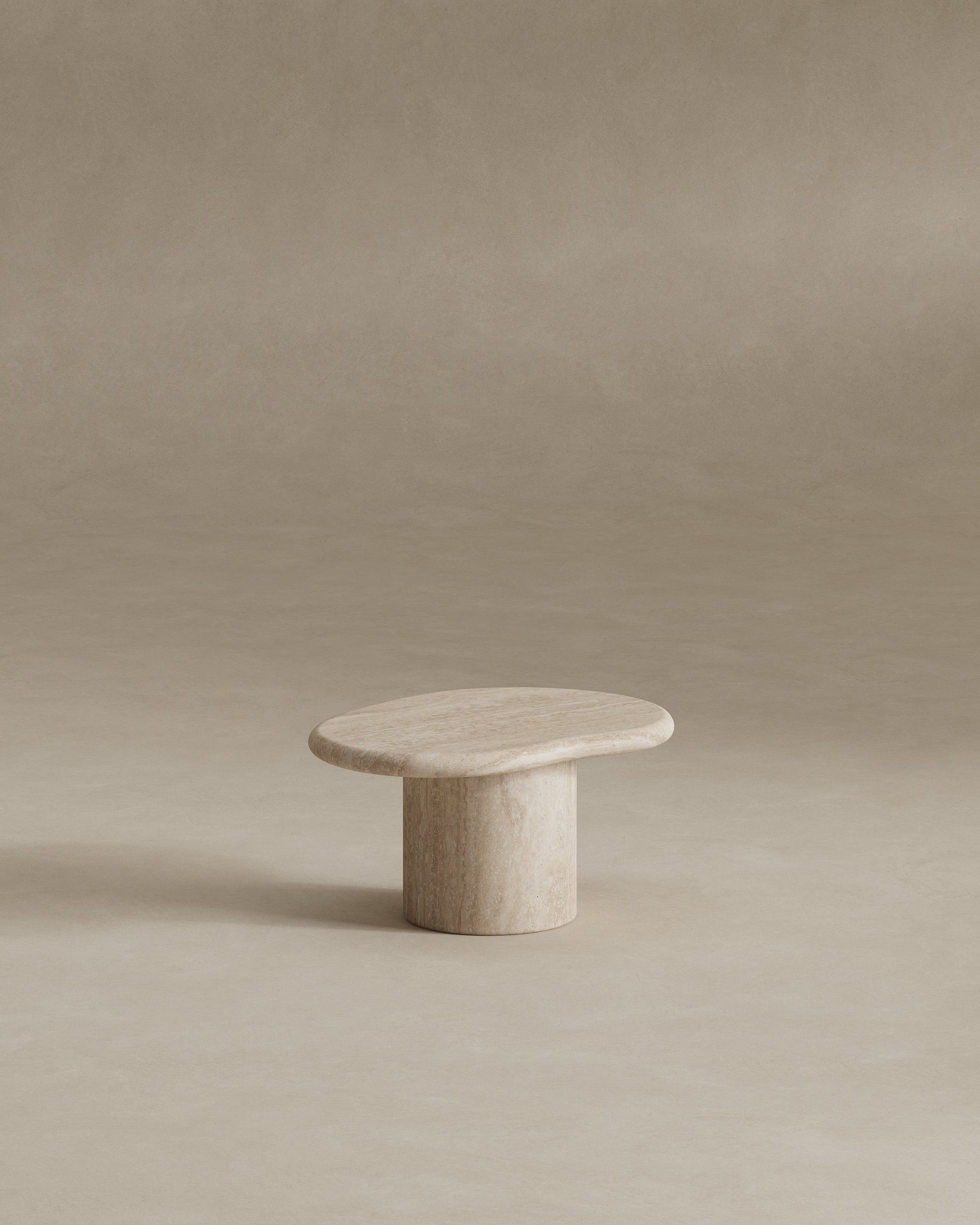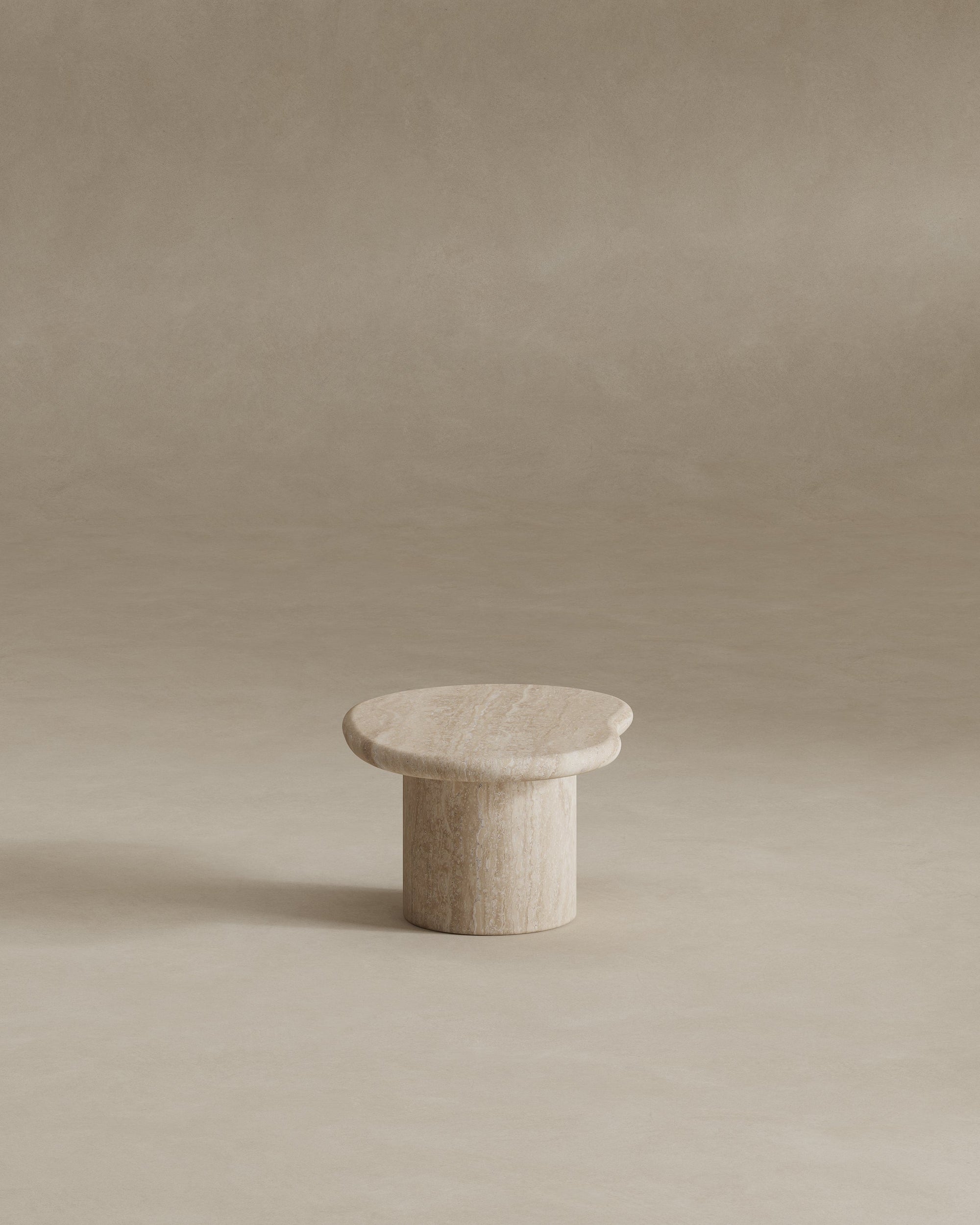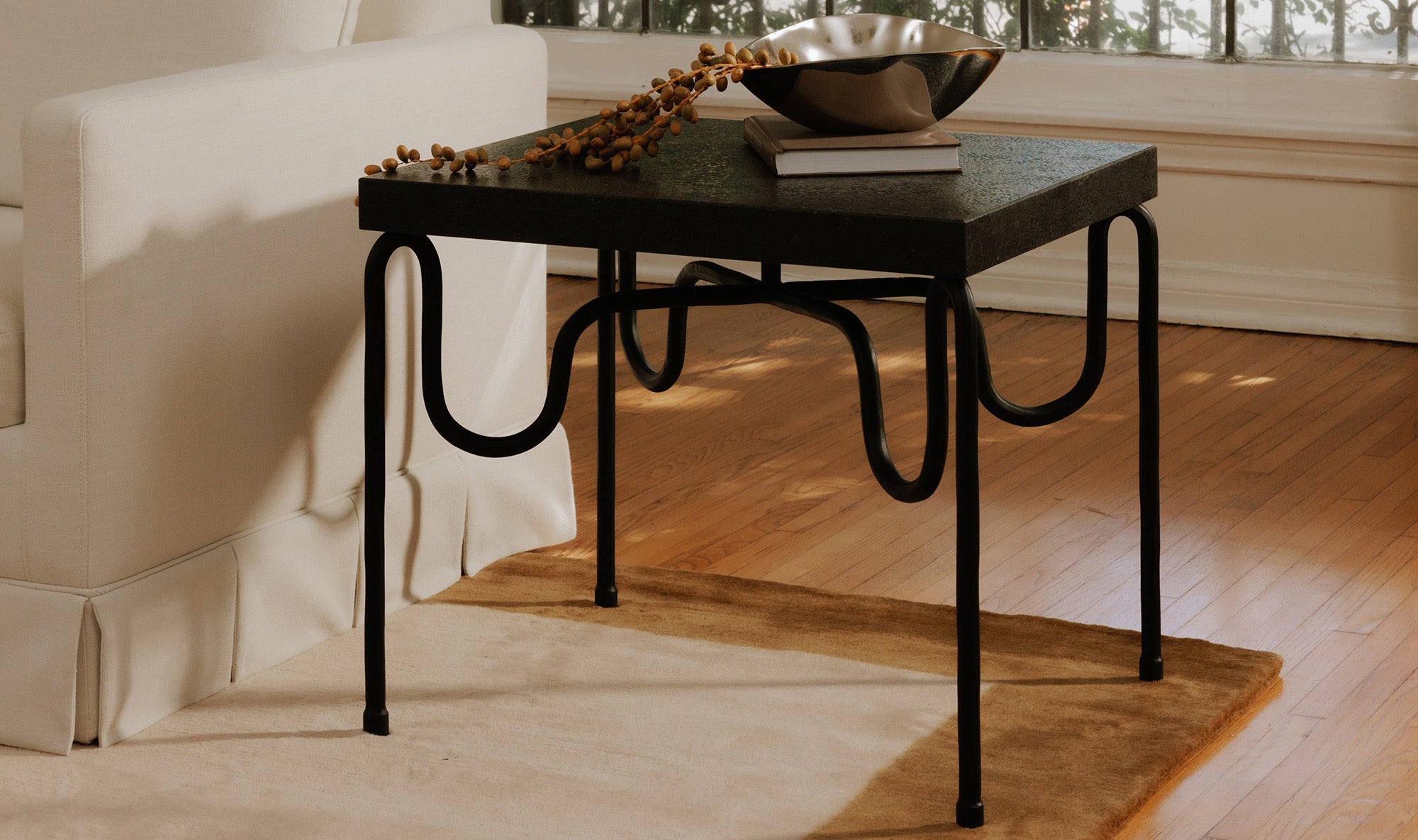Let's dive into the journey of the modern coffee table, a staple in homes around the globe. Originally, coffee tables were purely functional, born from the simple need to place a cup somewhere within reach while lounging on a sofa or chair. These tables were not the centerpiece of a room; rather, they served a basic utility. Imagine a low, sturdy table, nothing fancy, just wood and four legs, doing its job without any fuss.
As times changed, so did the role of the coffee table. It evolved, taking on a new life as a canvas for interior designers and homeowners. No longer just a spot to rest your coffee mug or pile of unread mail, it transformed into a statement piece, reflecting personal style and becoming a focal point of living spaces. This shift wasn't overnight; it was gradual, moving with the waves of design trends and innovations in materials. The coffee table of today bears the marks of this evolution, from simple wood to incorporating metals, glass, and even tech features like built-in charging stations.
In essence, the modern coffee table has journeyed from the sidelines to the center stage, symbolizing not just a change in function but in our approach to home decor itself.

Historical roots of the coffee table
The coffee table started off as a simple, low table in the Ottoman Empire, mainly used during tea and coffee ceremonies for easier access while seated on the floor. The idea traveled to Europe in the late 18th century, where it evolved into the center of social gatherings. In the Victorian era, these tables gained popularity in Britain, serving a dual role of function and decoration in the parlors of the middle and upper class. Initially called tea tables, they were higher than today's coffee tables. It was only in the 20th century, especially with the advent of TV culture, that the design was adapted to suit living rooms for snacks, drinks, and magazines, eventually becoming the lower tables we are familiar with today. This shift marked the coffee table's transition from purely a piece of utility to an essential element in home aesthetics and interior design.

Tuscani Travertine Coffee Table and Tuscani Travertine Side Table
The transformation from mere utility to aesthetic appeal
Once upon a time, coffee tables were simple: a surface to place your drinks, books, and maybe a lamp. That was it - their role was purely functional, with little thought given to their design or aesthetic appeal. Fast forward to today, and the coffee table has undergone a remarkable transformation. No longer just a practical piece of furniture, it has become a central figure in home decor, reflecting the owner's style and the room's character. Craftsmen and designers have pushed the boundaries, experimenting with materials ranging from wood and metal to glass and composite materials. Shapes and sizes have evolved too, with options that fit every space, be it large or small. The coffee table of today is a statement piece, often the focal point of the living room, around which the rest of the furniture is arranged. This evolution from mere utility to aesthetic appeal showcases not just a change in design trends but a shift in how we perceive and utilize space in our homes.
Key design periods influencing the modern coffee table
The journey of the modern coffee table through design history is marked by several pivotal periods that shaped its transformation into today's versatile statement piece. First up, the Victorian era, characterized by ornate designs and heavy materials, gave us tables that were more decorative than functional. Fast forward to the Art Deco period of the 1920s and 1930s, and we see a shift towards sleek, geometric shapes and the inclusion of new materials like glass and steel, adding a touch of glamour. Then came the Mid-Century Modern movement in the mid-20th century, emphasizing clean lines, organic shapes, and a seamless blend of form and function. This era particularly championed the coffee table as a central piece in the living area, setting the stage for the diverse range of designs we see today. Lastly, the Minimalist trend that gained traction in the late 20th century pushed for simplicity, using basic shapes and monochrome colors to create pieces that are both functional and stylish. Each of these periods left its mark on the design and purpose of the coffee table, transforming it from a mere surface for holding items to an essential component of living room décor.

Material innovations: from wood to metal and beyond
Coffee tables have traveled a long journey in their material makeup. Originally, wood dominated the scene, known for its warmth and classic appeal. It's easy to work with and fits in almost any room decor. But, let's not stop there. Metal entered the chat, bringing an industrial vibe that screamed modernity. Metals like steel and aluminum gave designers the freedom to experiment with sleek, minimalist designs. But why settle for just wood and metal? Glass, acrylic, and even marble have joined the fray. Glass tops make spaces look bigger, acrylic offers a contemporary feel with its clear, clean lines, and marble? That's the touch of luxury and uniqueness everyone craves. Each material brings its own flavor, transforming coffee tables from mere functional items to statement pieces that reflect personal style. Keep your eyes peeled; the evolution is ongoing, with sustainability and innovative materials shaping the future.
Iconic modern coffee table designs and designers
When talking about modern coffee tables, some names and designs just stand out. These pieces aren't just tables; they're art. They seamlessly blend form and function, becoming the focal points of living spaces. Let's dive into a few iconic designers and their unforgettable work. First up is Isamu Noguchi. His coffee table, aptly named the Noguchi Table, is a masterpiece of modern design. Introduced in the 1940s, it features a unique, sculptural base with a freeform glass top. It's a symbol of modernist design, blending organic shapes with functional style. Then there's the Eames Coffee Table. Designed by Charles and Ray Eames, this table is all about minimalist elegance. Its plywood base and simple, rounded rectangular glass top scream mid-century modern. It's not just a table; it's a piece of history. The sleek, simple lines of the Barcelona Table by Ludwig Mies van der Rohe can't be ignored either. Designed in 1930, it reflects the Bauhaus principle of "less is more." The table's clarity and simplicity make it a timeless statement piece. These designers didn't just create furniture; they created legacies. Their coffee tables are more than places to rest your coffee mug; they're landmarks in the history of design, proving that sometimes, the simplest objects can be the most profound.
How the modern coffee table reflects changing lifestyles
The modern coffee table has moved from a simple spot to put your coffee or books to a central piece in living room design, showing how our lifestyles have shifted. Once, the living room was a formal space, reserved for guests and special occasions. Today, it's where we relax, work, and play. This shift means we need furniture that's not just functional but also stylish and versatile. The coffee table is no longer just a table. It's a statement about who we are. It holds our gadgets, our snacks during movie nights, and often, it's where we gather round to chat or play games. This change mirrors how we've become more casual and multifunctional in our homes. We blend work and leisure, and our furniture needs to keep up. The evolution of the coffee table is a small but telling reflection of this bigger change in lifestyle.
The role of the coffee table in contemporary interior design
In today's homes, the coffee table is more than just a spot to rest your coffee mug. It's the heart of the living room, shaping its look and feel. This piece of furniture pulls the room together, giving it a complete look. Besides its aesthetic appeal, the coffee table serves practical purposes, holding books, remotes, and decorative items. Designers now see it as a statement piece, often using it to reflect the homeowner's style. From minimalistic designs to bold pieces that catch the eye, the coffee table can change the entire vibe of a room. Its role in interior design has evolved, making it a key element in setting a room's tone and personality.

Choosing the right modern coffee table for your space
When deciding on a modern coffee table for your space, think about how you live. Are you someone who loves to host game nights or someone who prefers quiet evenings with a book? This choice affects the table you need. First off, size matters. Your coffee table shouldn't be more than two-thirds your sofa’s length - it keeps the room balanced. Height is key too. Aim for a table that is the same height as your sofa’s cushions or slightly shorter. This way, you won't have to reach up or down when grabbing your drink.
Material makes a difference. Glass tables suit small, tight spaces as they help the room look more open. Wood adds warmth, perfect for cozy, inviting areas. Metal or marble? They add a sleek, modern touch. Think about your lifestyle here. Got kids or pets? A glass table might invite smudges or accidents. Wood, though warmer, could require more upkeep.
Storage is the next thing to consider. If your living room doubles as your storage space, look for a coffee table with shelves, drawers, or compartments. It's a smart way to keep your space tidy while keeping essentials within reach.
Lastly, shape plays into both style and function. Round tables are great for smaller spaces or homes with kids (no sharp corners). Rectangular or oval tables fit well in longer rooms and offer more surface area.
Remember, the right coffee table doesn't just fill space. It enhances your living area’s functionality and reflects your style. So, take your time, think about how you use your space, and choose a table that complements your life.
The future of the modern coffee table: trends to watch
The modern coffee table is evolving, and its future looks exciting. Today, we're seeing a mix of innovation and aesthetic appeal driving this evolution. First, sustainability is a buzzword. Designers are leaning towards materials that are not only durable but also eco-friendly. Think bamboo, reclaimed wood, or recycled plastic. These materials are kind to the planet and look good in your living space. Next up, technology integration. Coffee tables are no longer just about holding your coffee mug. We're seeing tables equipped with charging stations, speakers, and even touch screens. Imagine controlling your home's lighting or playing music right from your coffee table. Then, there's the multi-functional design trend. With space at a premium, a coffee table that doubles as a storage unit or even a workstation makes perfect sense. Lastly, customization is key. The future lies in tables that can be customized to fit personal tastes and home decors. This might mean choosing the materials, colors, or even the shape of your table. The future of the modern coffee table is all about blending functionality with style, personalization, and sustainability. Keep these trends in mind, and you'll find a piece that's not just a table but a statement.

